Consumers welcome disinflation, but keep an eye on jobs and student debt
Consumer purchasing power and confidence have been edging higher since inflation peaked in 2022, though progress has been slow and uneven, with inflation remaining relatively high for necessities such as food and shelter. I expect that disinflation will be strongest through the middle of this year as elevated food and energy prices normalize.
A key factor in the inflation story has been the rotation toward service consumption and away from goods consumption over the past year. The service economy, and especially travel, leisure, and hospitality, got a boost from consumers over the course of last year as pandemic restrictions were eased. At the same time, consumers pulled back on goods spending after a surge in demand during the pandemic, leaving an inventory bulge. The goods economy has since made tremendous progress working off the surplus inventory, and while there are still pockets of adjustment taking place, this process looks to have largely run its course. In terms of the inflation impact, the contribution of core goods prices to the CPI is virtually zero, with several categories seeing outright declines. Later this year, disinflation will rely more on service prices growing more slowly than in the recent past.
With banks under stress, consumers also appear to be reassessing the probability of job losses. This caution has manifested itself in a rising savings rate even as current incomes have grown at a solid clip. In the second half of the year, I expect softer job readings as companies cull excess labor and the cumulative impact of Fed tightening bites. That said, a defining feature of this economic expansion has been tighter labor market conditions as baby boomers begin to retire. This could mean more labor hoarding than history would suggest.
As a result of the recent debt ceiling deal, the second half of the year will also bring renewed student debt payments, which had been paused under a pandemic moratorium for more than two years. While these challenges will affect consumers, it is worth noting that the average household balance sheet is quite strong and less interest rate sensitive than in the past thanks to a higher share of fixed-rate mortgages in the consumer portfolio.

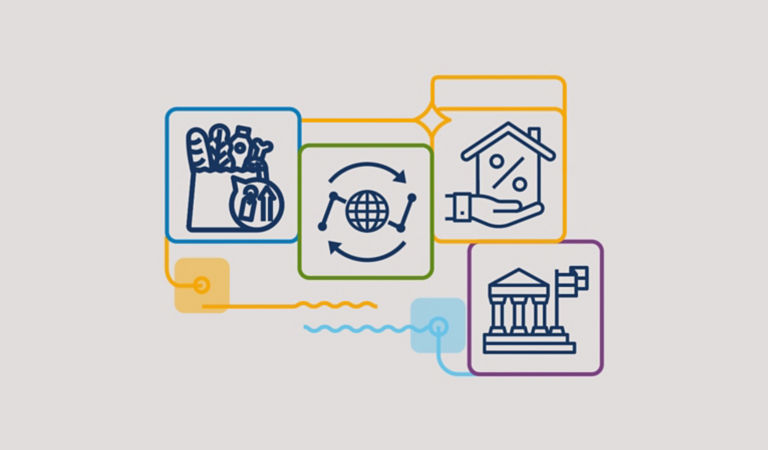



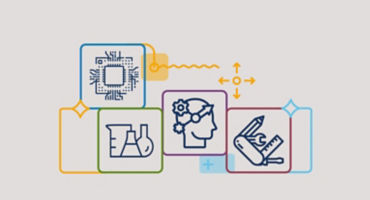

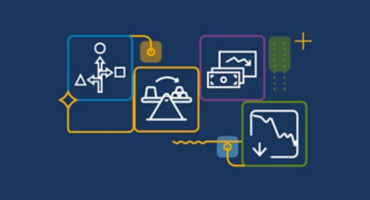
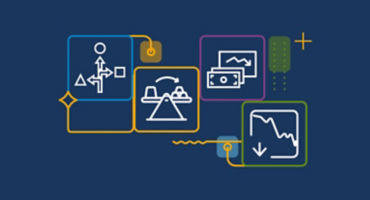

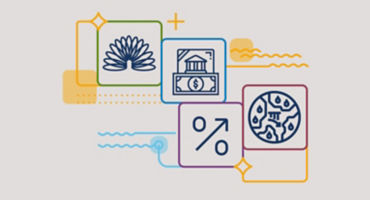
Trends and transformation distilled: Our 2024 outlook in brief
Our experts explore investment opportunities and risks for the year ahead.
Multiple authors